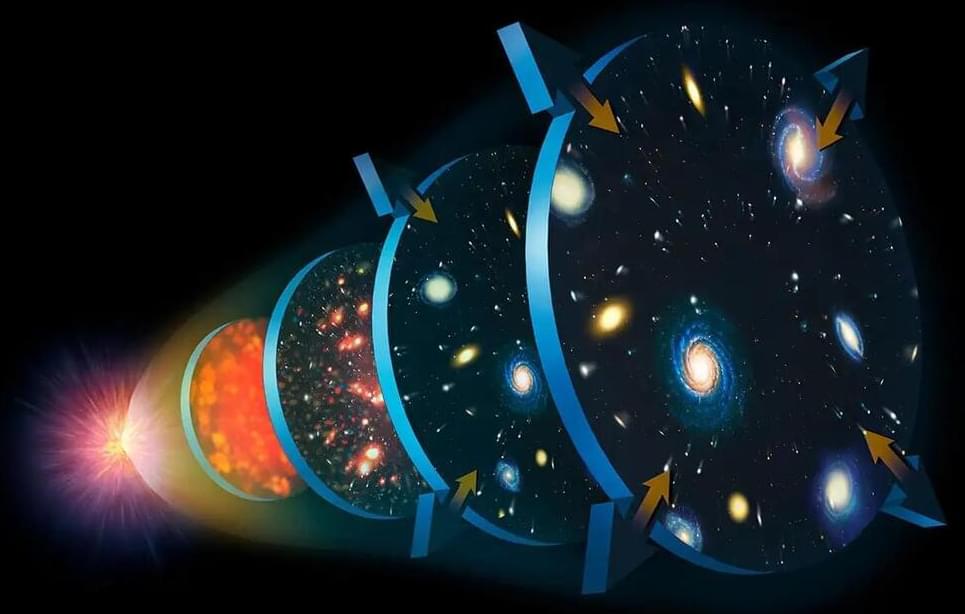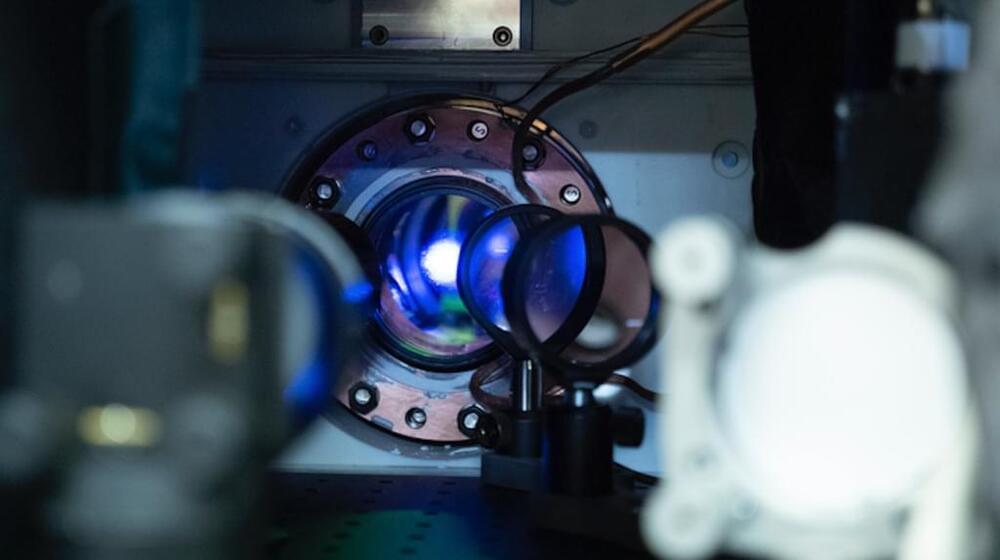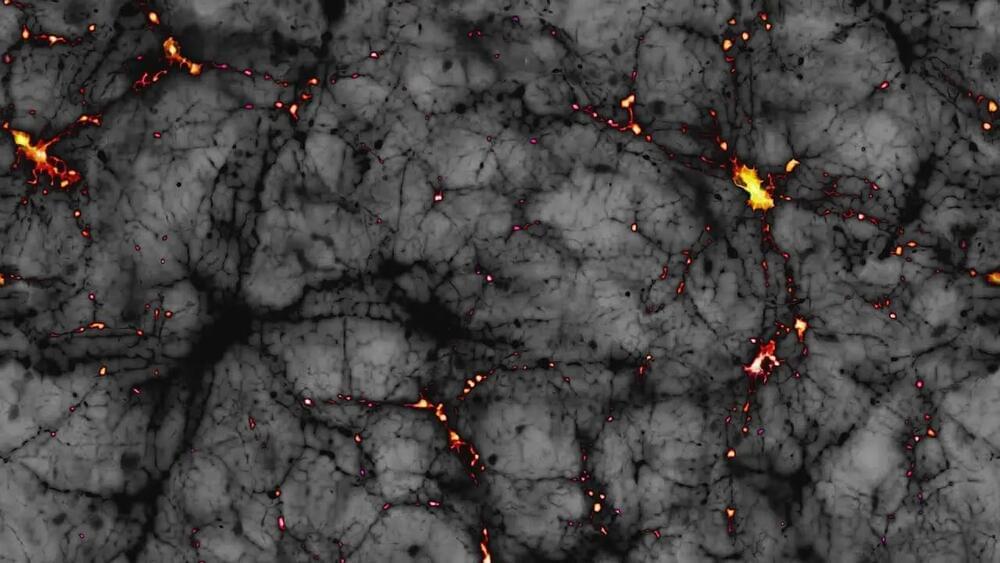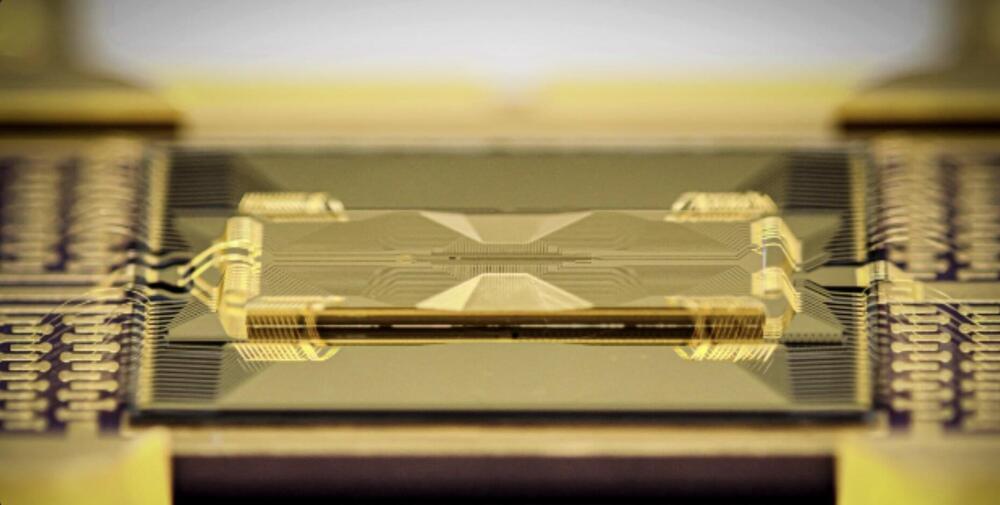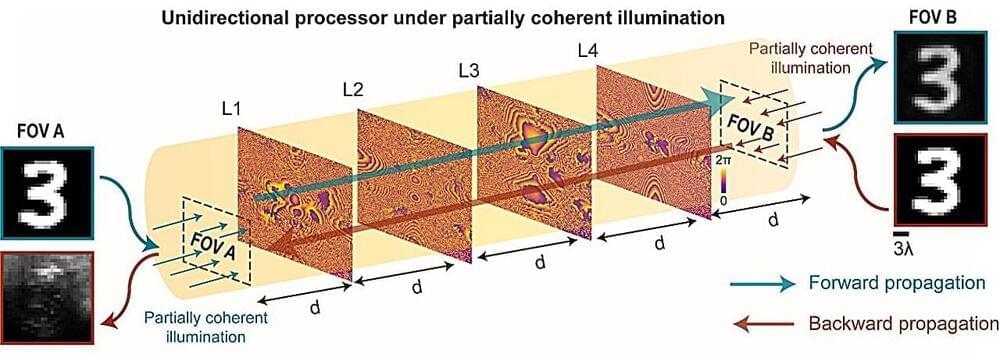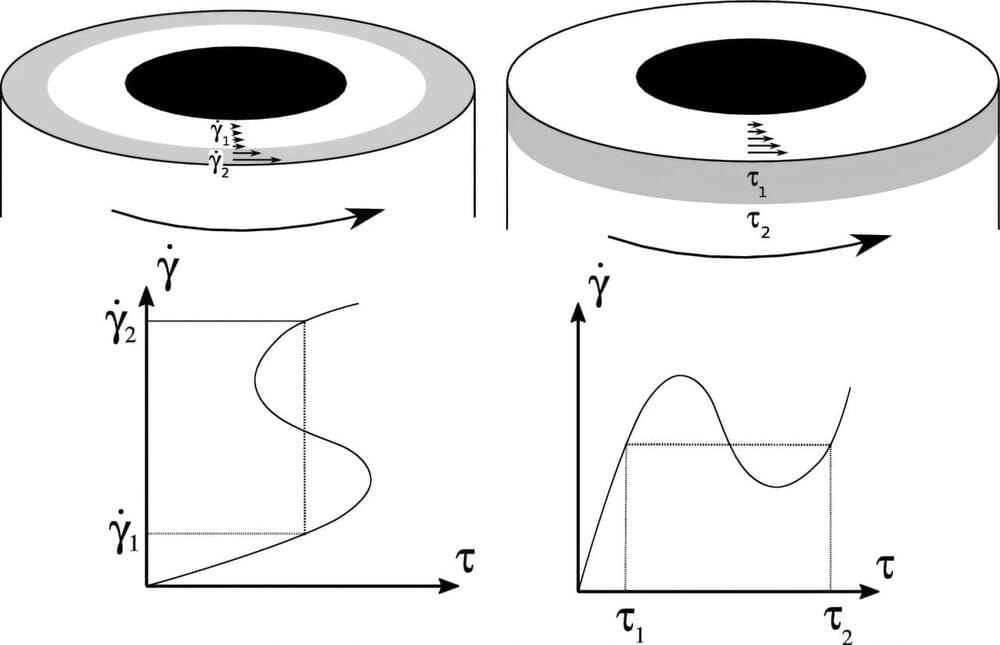Nov 9, 2024
The Universe Could Be 26.7 Billion Years Old, Twice As Old As Current Estimates
Posted by Saúl Morales Rodriguéz in category: cosmology
New model suggests the universe could be a staggering 26.7 billion years old.
Rethinking the Age of the Universe
A recent study led by Rajendra Gupta, a physics professor at the University of Ottawa, proposes that the universe might be twice as old as current estimates suggest. This study, published in the Monthly Notices of the Royal Astronomical Society, challenges established cosmological models, proposing that the universe could be 26.7 billion years old instead of the widely accepted 13.8 billion years. Gupta’s findings offer a potential solution to various unresolved astronomical mysteries, such as the existence of mature galaxies seen shortly after the Big Bang and stars that seem older than the universe itself.
